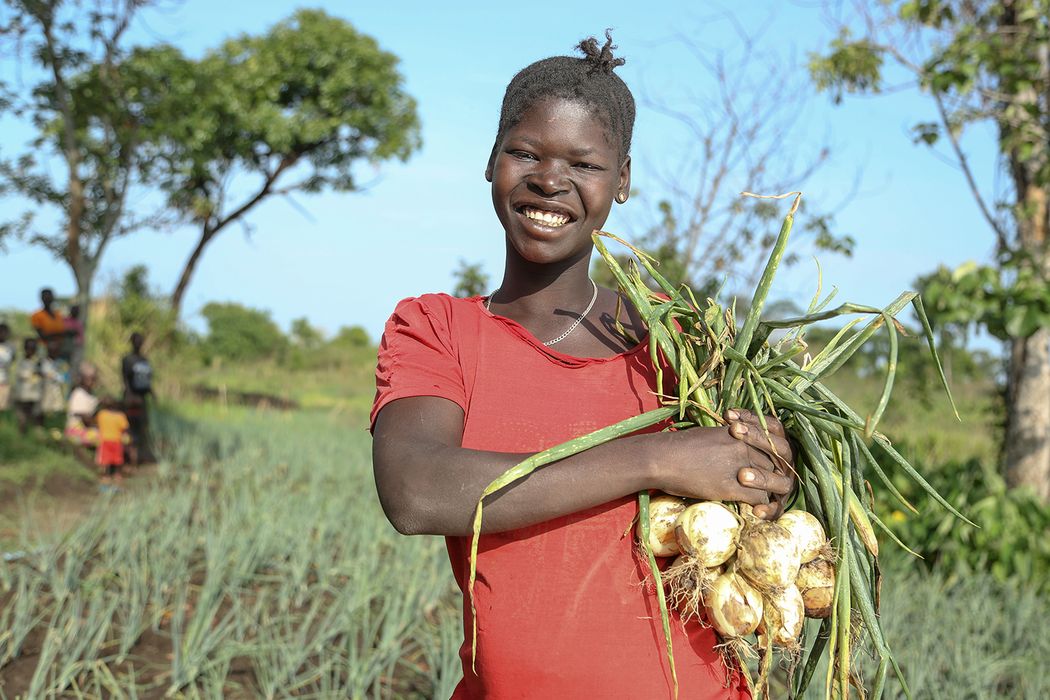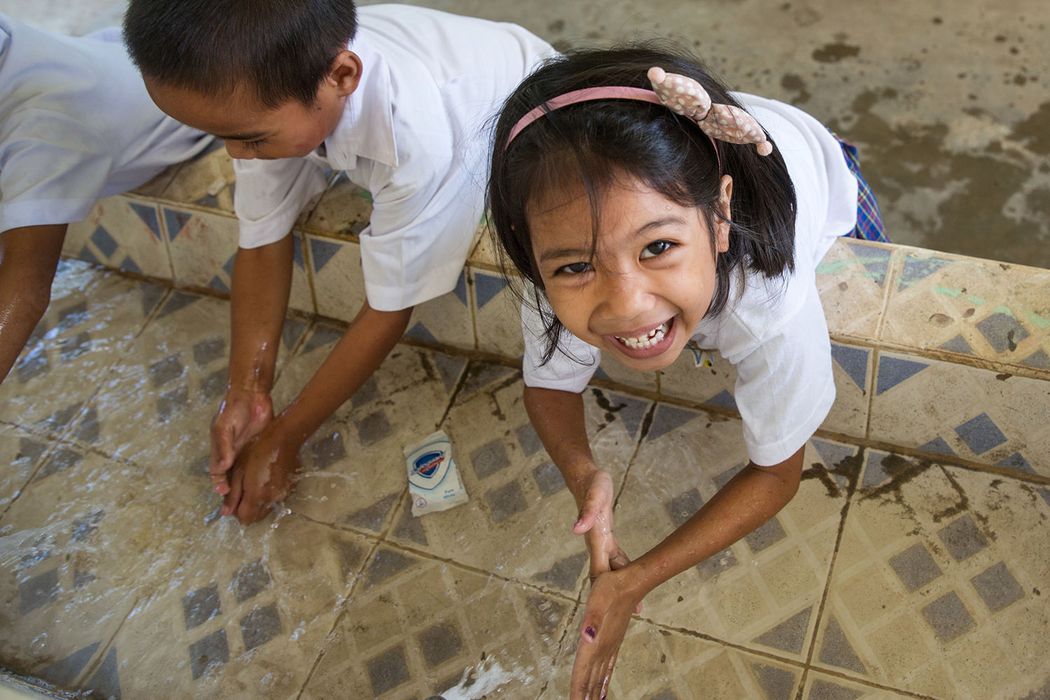
Moments: Priceless Gifts
Priceless - About objects of immeasurable value
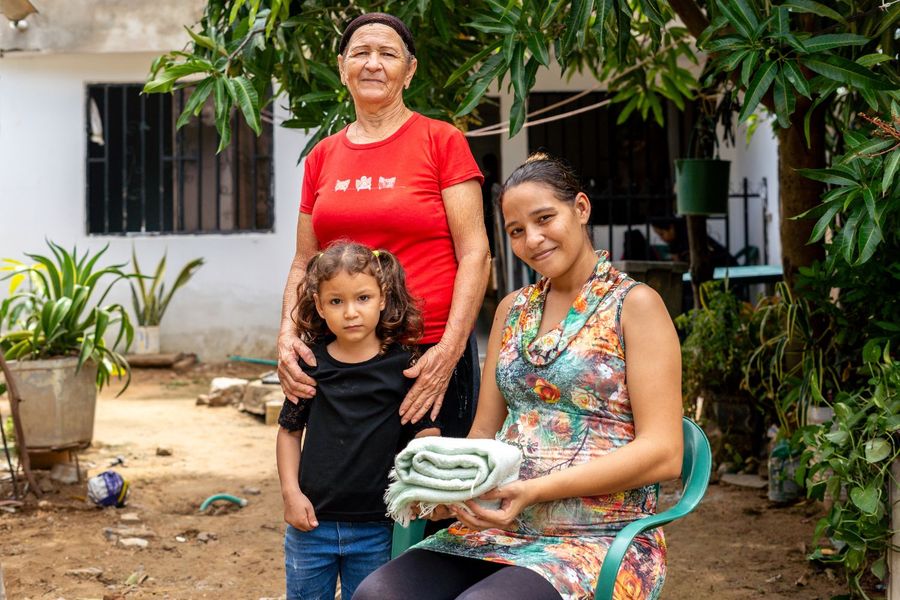
For many, Christmas is a time to pause and reflect, to gather with family and friends, and to give and receive gifts. But above all, it is a season to savor precious moments and share memories. The gifts we receive and the objects we cherish often hold an intrinsic value. Whether big or small, they carry an invaluable meaning that goes beyond words. Their true worth does not lie in their materialistic value, but in the feelings, memories, and personal stories we associate with them.
A simple object can remind us of a beautiful moment, a loved one, or a comforting memory. It can symbolize hope, offer support, or rekindle a feeling that has faded over time. Many objects are characterized by the unique meaning they have for the owner. They are supporters, enablers, protecters, sources of inspiration, beacons of hope and reminders.
Behind each cherished object is a story - a testament of a person’s journey, their resilience, and their precious memories. Some people from our projects around the world have told us their stories. We would like to share these with you.
You can also become part of a story! Give the gift of priceless hope this Christmas with your donation.
Your donation is priceless - Help now!
"What object is priceless to you?" - We asked people in our project regions
Thailand: Saw October Wah's Toothbrush
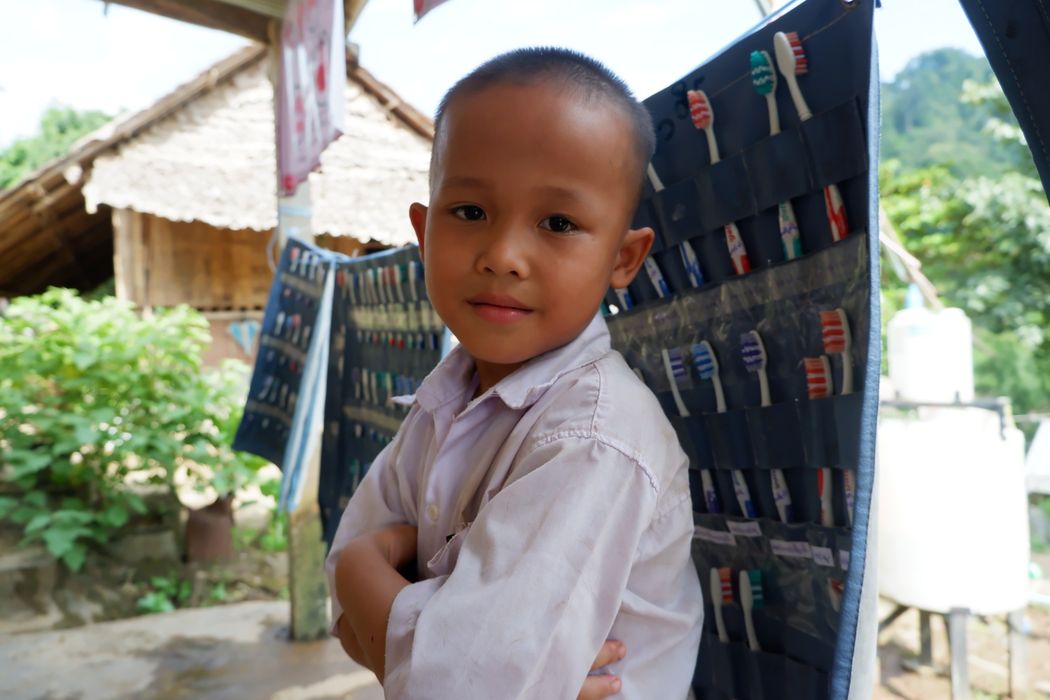
9-year-old Saw October Wah was born in the hospital at Mae La Oon Camp in Thailand. He knows no life outside the camp, where he lives with his parents and siblings. His most prized possession? A toothbrush set that was given to him by the local hospital as part of a health program at his school. “We brush our teeth every day at school. This is incredibly good for us,” Saw says proudly. At Mae La Oon Camp, health care and hygiene training ensure that children like Saw can grow up healthy and happy. Access to such self-care practices is an important step for their future.
Nigeria: Fanna's Torchlight
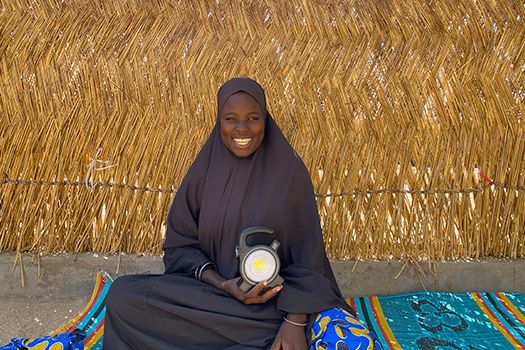
What Fanna (name changed) has already experienced at the age of 25 is almost unimaginable. Ten years ago, she had to leave her home village because Islamist groups attacked her village. A year and a half later, the next escape followed. This time, Fanna fled to a camp in north-eastern Nigeria. Here she gets married and has three children. But even in the camp she is not safe. Her accommodation is broken into at night. In the absolute darkness of the camp, where there is no street lighting and no electricity in the refugees' homes, she feels defenceless against the burglar. In our “safe space”, she is given a solar-powered flashlight, which from now on lies on the floor next to her sleeping mat and is always ready to hand. The flashlight also helps Fanna to find her way to the latrines in the dark.
Syria: Mohammad's Wristwatch
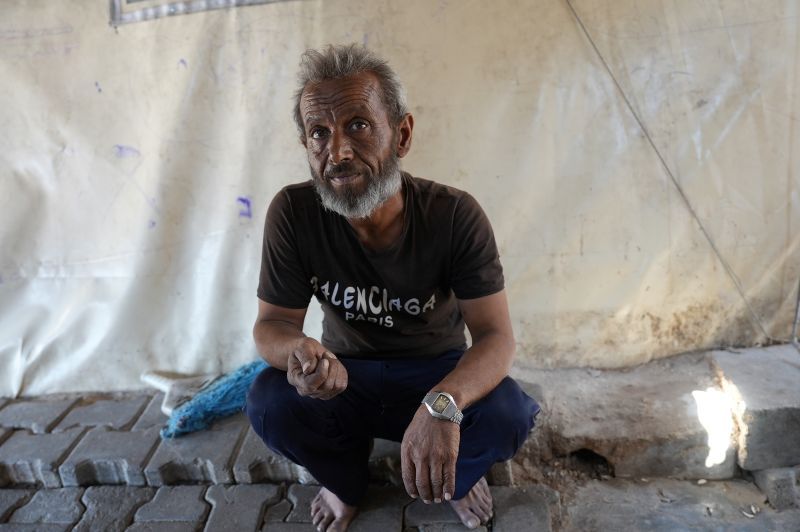
Mohammad Abdul Hamid Daher was forced to leave his home in 2014 due to the heavy bombardment in the eastern countryside of Aleppo. Today, the 49-year-old lives with his wife and nine children in a camp for internally displaced people in the north of the city of Azaz. His most valuable possession is his grandfather's watch, which he always carries with him. Life in the camp is hard, the camp lacks sufficient aid. Mohammad also suffers from hearing loss and is unable to work to provide for his family. The family receives urgently needed medical help through Malteser International’s Syrian partner organization IDA.
Colombia: A Blanket for Milagros
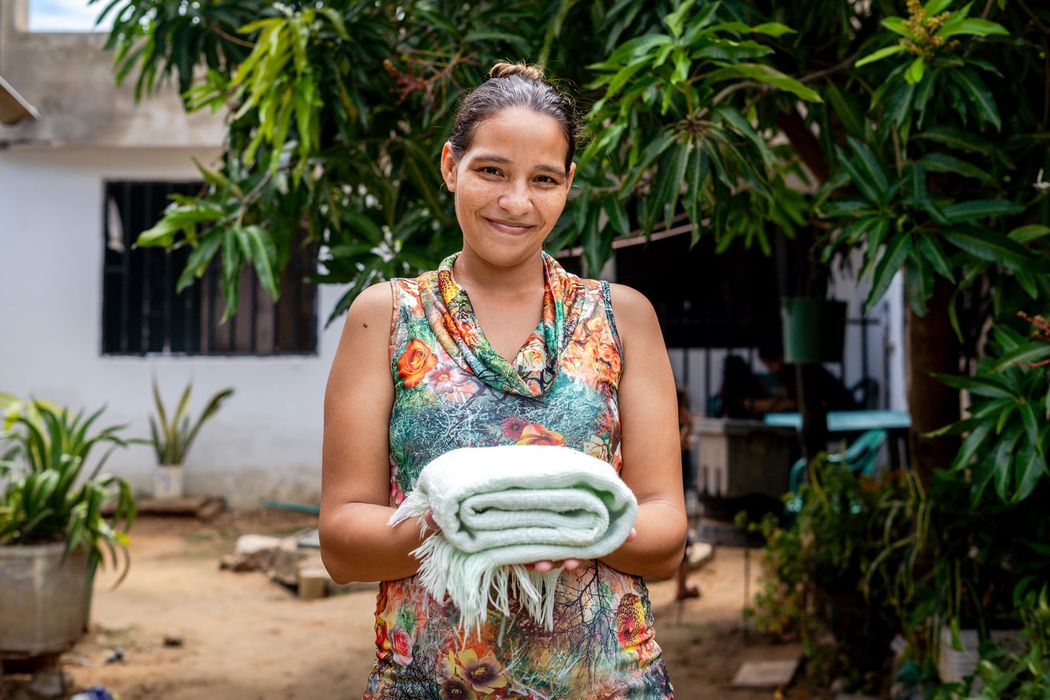
At the age of 16, Milagros became a mother for the first time. It was a period of uncertainty and fear. When she found out that she was pregnant, her best friend gave her a blanket —a gift that has since become a symbol of refuge and strength for the now 28-year-old Venezuelan. "Every time I touch it, it reminds me that I can keep going," she says. Two years ago, Milagros and her family migrated to Colombia in search of a better future. Even here, her blanket is by her side. “Although I may not have much, I still have this blanket,” she says. “I always carry it with me, because it has sheltered all of my children in cold moments. And when I want to remember my life in Venezuela, I cover myself with it."
Bangladesh: Mohammad's Chair
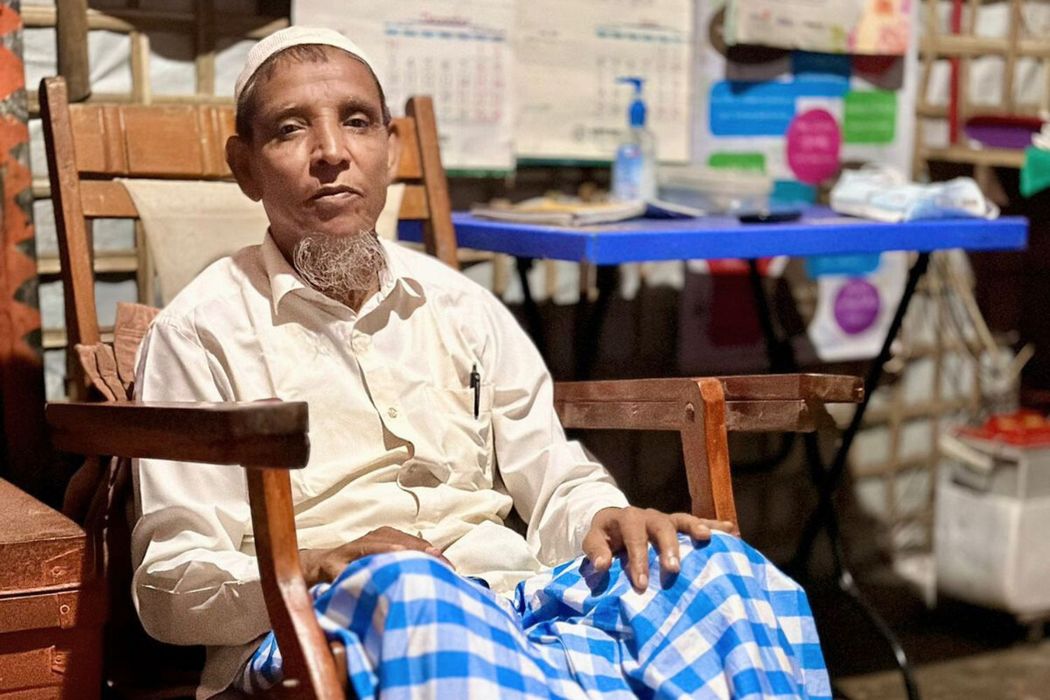
65-year-old teacher Mohammad Akter (name changed) looks back on his old life in Myanmar with melancholy. He fled to Bangladesh with his family in 2017 and has been living in the world's largest refugee camp ever since. However, one object connects his new and old life: a wooden armchair. “My neighbors helped me carry the chair on the long journey from Myanmar to Bangladesh,” he explains. “This chair is priceless to me because it reminds me of how I used to relax on my farmland after a long day's work before I left home. I really love this chair.”
Ukraine: Daniil's Angel

Daniil is only nine years old and has already been displaced multiple times. The boy from eastern Ukraine had to leave behind his life and home of six years, his friends, his cat – and his father. However, an angel figurine stayed by his side throughout chaos and displacement. A small gift that has become priceless through a little boy’s faith: “It watches over us to make sure that everything is fine, connects us with people who help us and with those whom we can help“, says Daniil.
The very special gift: Your donation options at a glance
Gift donation: Give a donation to your beloved ones
With a donation in honor of someone you can give your loved ones a special treat while supporting our work. The personalised donation certificate makes a valuable last-minute gift!
Start your own fundraiser
Start your personal fundraising campaign and support our worldwide aid projects. With the support of your family, your friends, your colleagues or your network, you can collect donations and make a very special contribution to people in need.
Help long-term and donate regularly
With your regular support you provide plannable and reliable help. Become a sponsor partner and enable people in the countries we operate in a self-determined future.
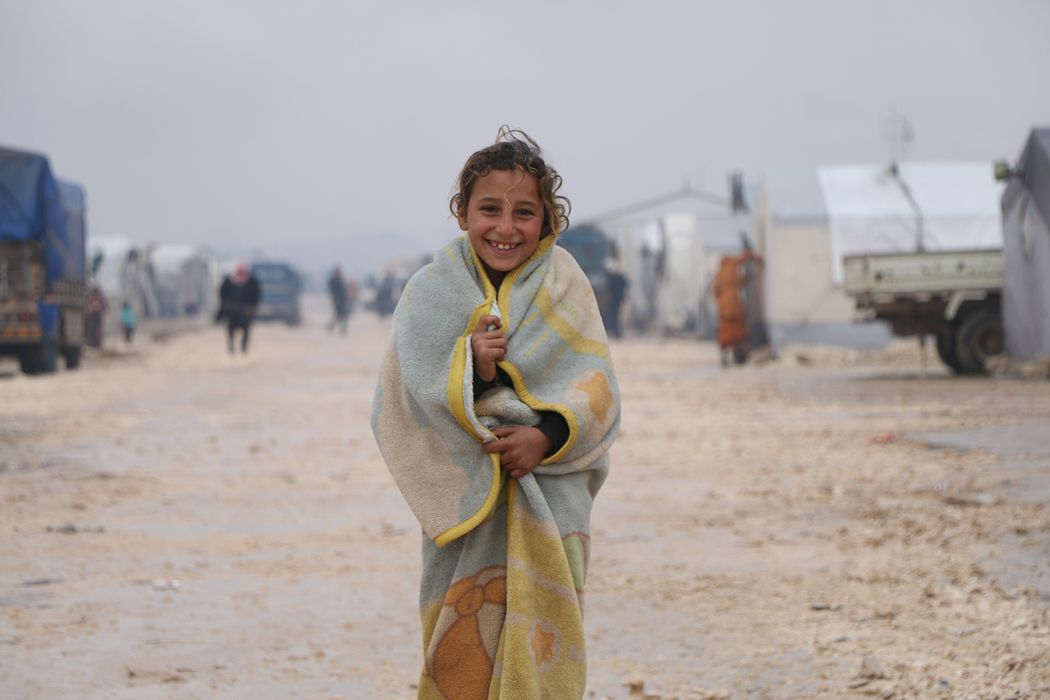
Donate as a company
Set an example with your company by helping people in need. There are many possibilities. We will be happy to inform you. Please contact us at matthias.witt(at)malteser-international.org.
One-time donation
Make a difference with your donation at Christmas. Donate for the people in need in our project countries worldwide.







